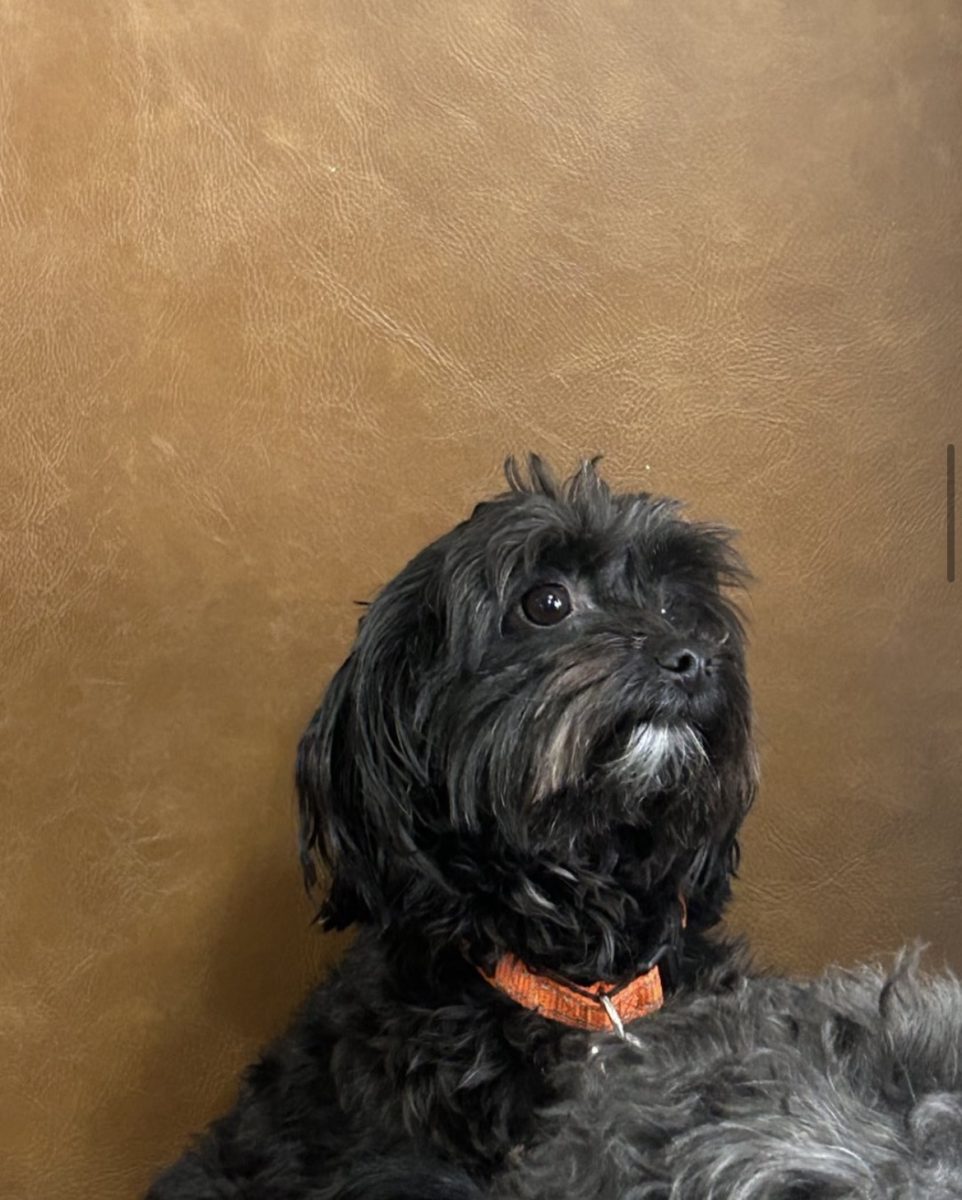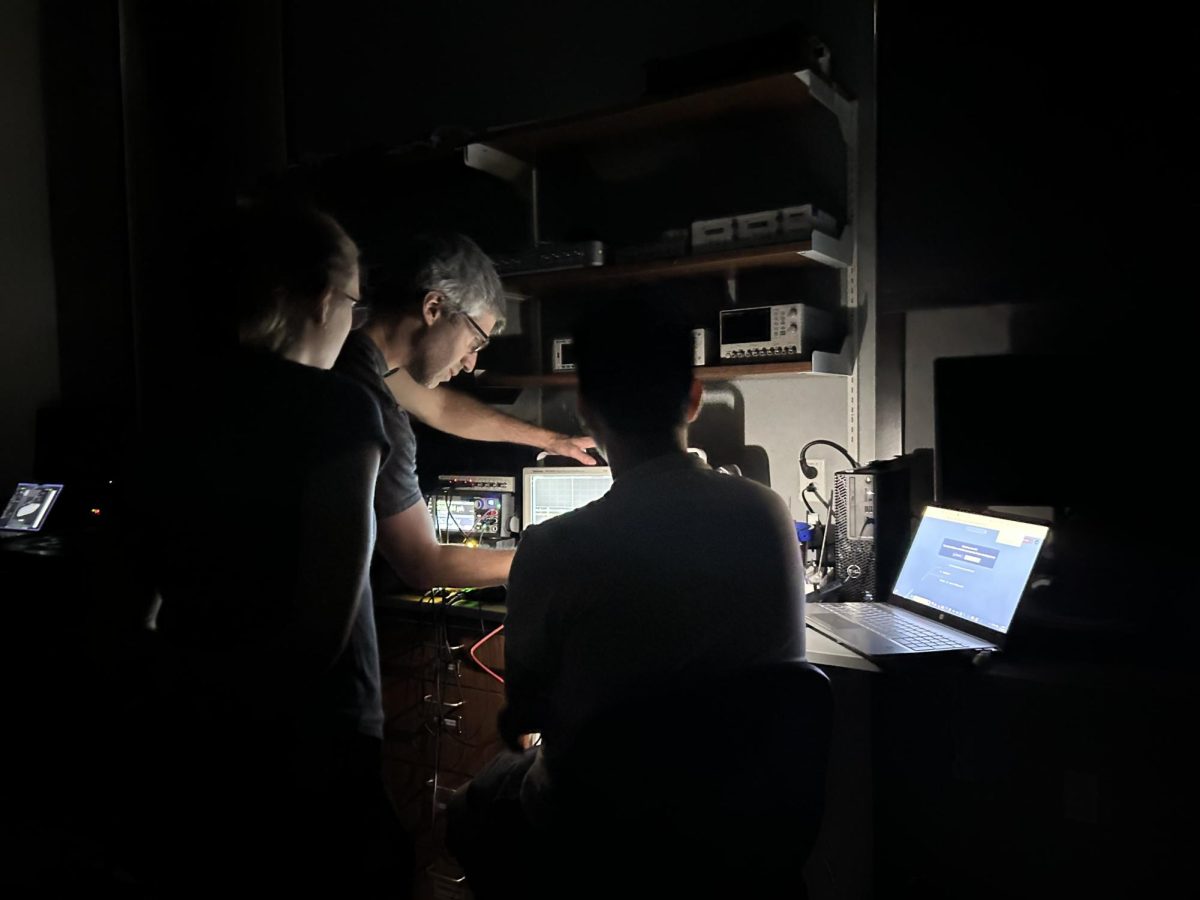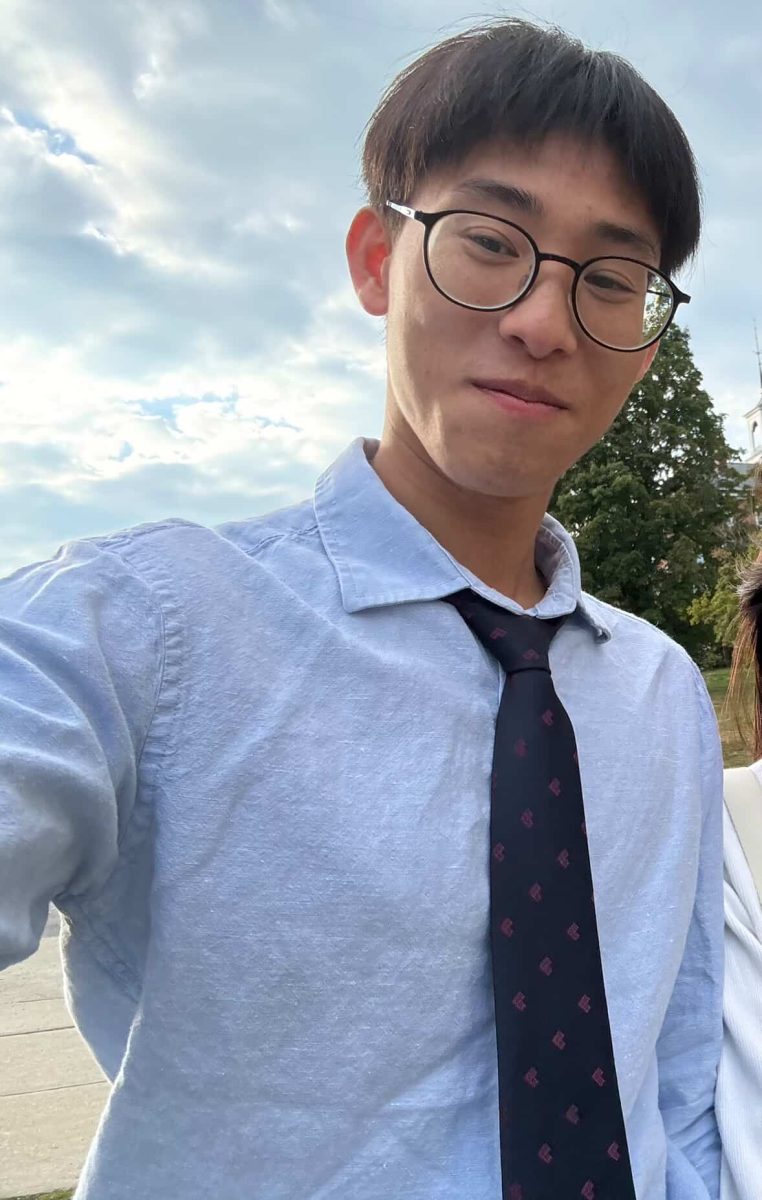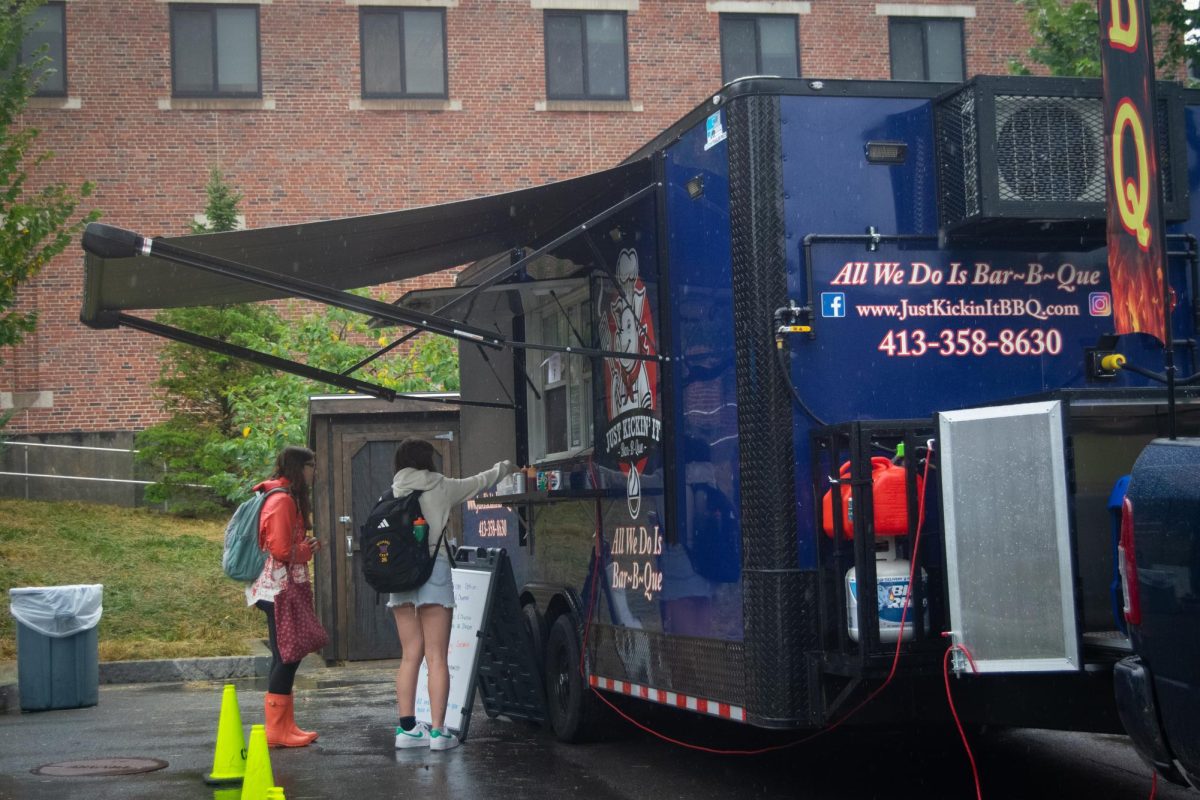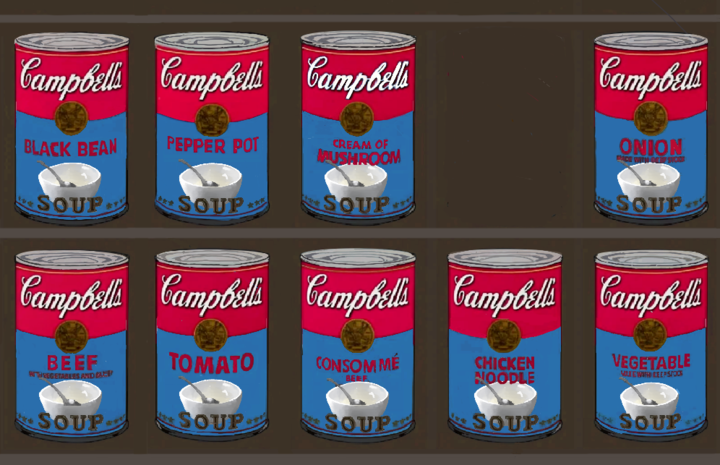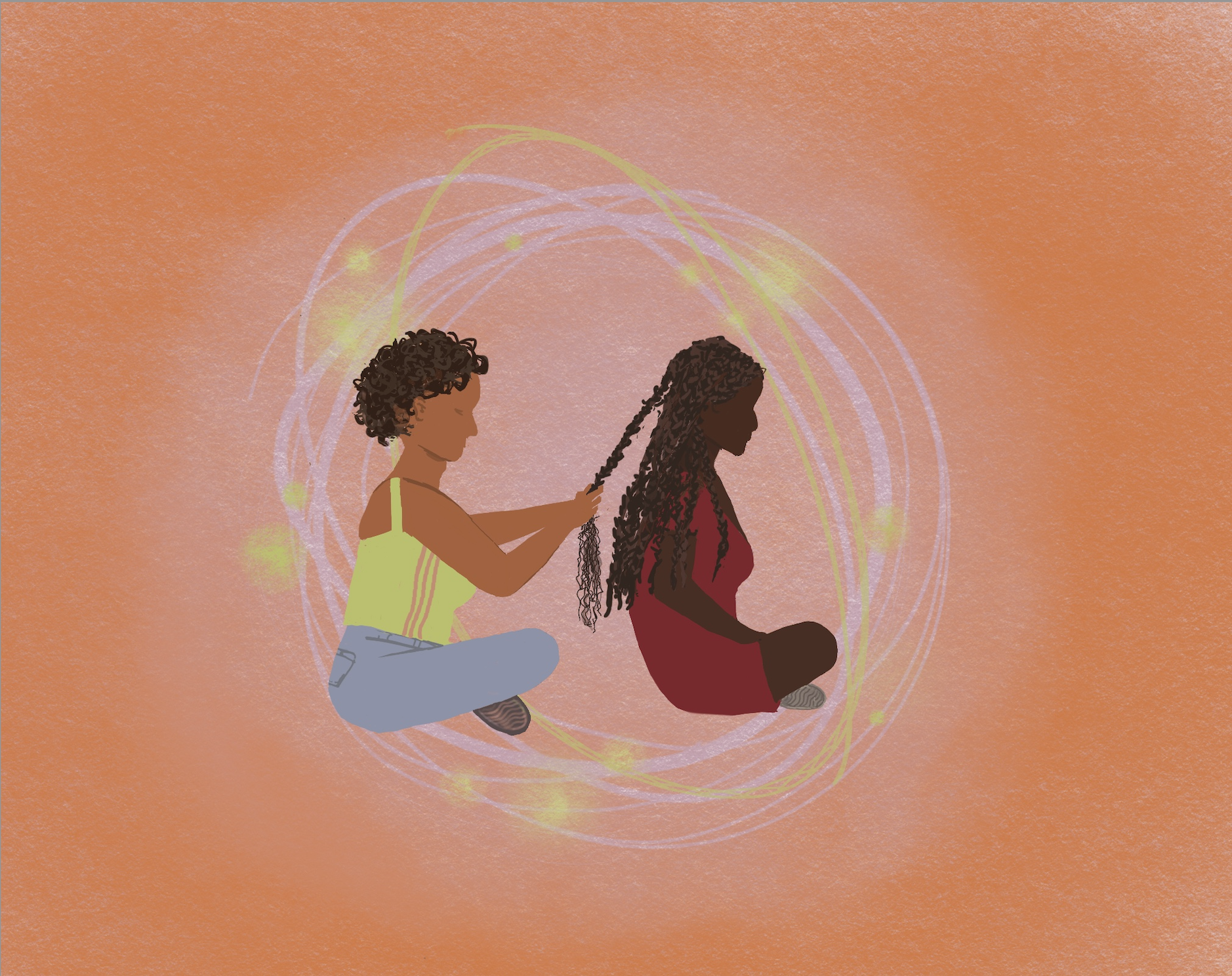
Limited access to goods and services determines many students’ experience of Williamstown. For Black students, the College’s geography is not only a peripheral inconvenience: It’s directly related to intimate parts of daily life, including the care and preservation of hair. The Record interviewed students at the College about the networks of hair styling at the College, the politics of hair and respectability, and the position of hair as a locus of community and empowerment.
For some Black students, access to hair care was a concern they anticipated even before First Days. “I knew that Williams didn’t really have anywhere to get my hair done after I got my acceptance, so I locked my hair — so I wouldn’t have to get it done,” Jeffrey Zigbuo ’26 told the Record. “In those periods where I don’t have a style in, it’s a lot of extra time for getting ready and physical labor trying to make it look presentable. Twists are a protective style that you know will look good — you don’t have to worry about it.” Dreadlocks and protective styling like braids, twists, faux-locs, or wigs allow students to cut down on hair maintenance, but the process of braiding requires time, money, and the skill set of people versed in Black hair.
Students told the Record that they often either have to find braiders on campus or wait until breaks during the academic year. “I usually wait until I go home,” Jules Gaskin-West ’24 said. “But if you’re from a major city, and you get your hair done there, you’re getting overcharged.”
Student braiders — many of whom are Black women who broadcast their services across social media and GroupMe — present a more convenient and affordable option, while also providing a space for bonding and intimacy. “Muniratu [(Munira) Tawfiq ’27] literally saved my life,” Gaskin-West said, describing a set of faux locs that Tawfiq had recently put in for her on short notice.
“I feel like getting your hair done is like such a unique, personalized, individual experience,” said Xavier Wills ’27, who has also gotten his hair braided by stylists such as Uchechi Ibewuike ’27 and Tawfiq. “It’s really raw, and it’s really vulnerable. Just sharing that experience with someone — I feel like it made our bond interesting and different.”
For stylists, caring for students’ hair becomes a way to make money and establish community. “My clients and I are pretty close,” Ibewuike told the Record. “Some become friends, and most are pretty loyal to me doing their hair, which I love. It’s always a full room with chatting and music and just vibes overall.”
Tawfiq also described the closeness and trust created through braiding. While she’d learned to braid on a trip to Ghana in 2015, she began braiding professionally during the COVID-19 pandemic but did not originally plan on continuing to offer styling services in college. When she saw the high demand for braiding services at the College, however, she decided to continue.
“For somebody to trust you to do their hair is a lot,” she said. “Once I do your hair, I feel like we have a bond. People really like it. It’s something that makes people really happy, and I’m really happy I can provide that for them. It’s something that I’m willing to give to the community for my time being here.”
A number of students braid each other’s hair more informally. “I have done [my friends’] hair because I know how hard it is to get your hair braided here,” Mafoudia Keita ’24 said.
This closeness fostered by the culture around hair on campus — so marked by limited access — also brings out the distinctions between living at the College and at home. For many students, hair care is also linked to regional histories and familial ties. Abby Vieira ’25 told the Record that her mother and grandmother are hairdressers, and her relationship with her hair is closely related to her family. “When I do get my hair braided, I usually go home,” she wrote in an email to the Record. “The place I go to is owned by a Tobagonian (I am from Trinidad and Tobago), and it’s nice to support the business of someone who I know well.”
Keita said that her relationship to hair braiding, in particular, originates from her experiences at home. “I’m from Harlem, and hair braiding there is really popular, especially among West Africans … so coming here I wanted to bring that part of myself to campus,” she said.
While the hair braiding process looks different for everyone, one aspect is universal: the time commitment. “I just like to go in the mirror and get it done for usually 12 hours,” Sofia Agyare ’26 said.
“I remember, when I was rowing [for the women’s crew team], I never would find the time and it was hard because my hair would always look a mess,” Amaka Ibekwe ’26 said.
Many students noted the complicated relationship between hair and presentation on campus. For Zigbuo, for instance, the decision to transition from dreadlocks to natural hair and protective styles was directly linked to hegemonic ideas of “professionalism.”
“I had one conversation early freshman year with a group of Black men, and I was talking about how I didn’t get a job position that I interviewed for, and they were like, ‘Could it be because of your hair?’” he said. “The fact that that could even be a possibility is crazy to me. I’m constantly worried about making sure [my hair] looks a certain type of way — not even necessarily a white standard, but even a standard amongst my Black peers. They can all clock what our hair is supposed to look like.”
Other students said different hairstyles garnered vastly different responses from both Black and non-Black students, noting a sense of surveillance and disproportionate commentary surrounding Black hair, especially regarding curl patterns. “I don’t wear my natural hair very often,” Gaskin-West said. “I have 4A hair, so it’s really coily and I have a lot of shrinkage. People are very weird — they do this thing where they feel like they have to prove that they really like natural hair and give very overzealous compliments. I’m like, ‘Be normal.’”
Zigbuo added that this perception tends to be gendered and racialized. “When I took out my locs and got the afro, it was like night and day,” he said. “I will receive more attention for sure. I feel like the afro makes me look more approachable and less intimidating — less aggressive.”
For some, braiding is not just about community or ease, but a reclamation of identity, individuality, and agency. “I’ve always struggled with my hair, as I attended predominantly white institutions all my life until high school and I was the subject of bullying for many years,” Ibewuike said. “[Styling hair] is a full circle moment for me, and I think it’s very important.”
Hair braiding and protective styling provide safety and security for Black students, but also act as an avenue for creativity. This was one of the main reasons why Agyare said she takes the time to braid her hair in protective styles. “I see it as something to have safety in,” she said.
Similarly, Keita said protective styles provide an element of control that can be both comforting and creative. “I think it goes back to that form of protection where, because my hair’s put away, I can kind of control perceptions about me, which is really unfortunate and sad, but I still think it’s a form of empowerment and creativity,” Keita said.
Hair styling acts as a kind of shared language among Black students, Wills said. “We know if you’re having a good hair day or a bad hair day,” he said. “Like there’s just appreciation for the artistry behind hair, creativity, and the personality that you show through hair. It’s completely missed by people that aren’t aware of how really important it is here.”
Hair braiding also provides a way for students to connect with one another. “For my friends who don’t use protective styles, I have loved getting the chance to share the process with them as well,” Vieira wrote.
Many students asserted a sense of solidarity and pride in navigating hair’s complicated intersection of heritage, personal identity, community, and respectability.
“It’s easy to say this, but I think we should give ourselves the same grace that we give people who can just wake up out of bed and put their hair in a messy bun with a claw clip,” Zigbuo said. “It doesn’t need to be that serious in this environment. And for white peers, take it upon yourself to learn about the nuances that come with hair. All the people we go to school with, they’re going to be the next CEOs, they’ll be the next doctors, lawyers — and if they can’t differentiate between braids or an afro, how are you relating to your colleagues.”
Gaskin-West also noted the privilege of having hair that is immediately taken to be “presentable.” “I want people to know that no matter what your hair looks like, your hair is done,” she stated. “People with straight hair never have to worry about the state of their hair in the way that we worry about ours. Your hair — whatever it looks like — it is done.”




